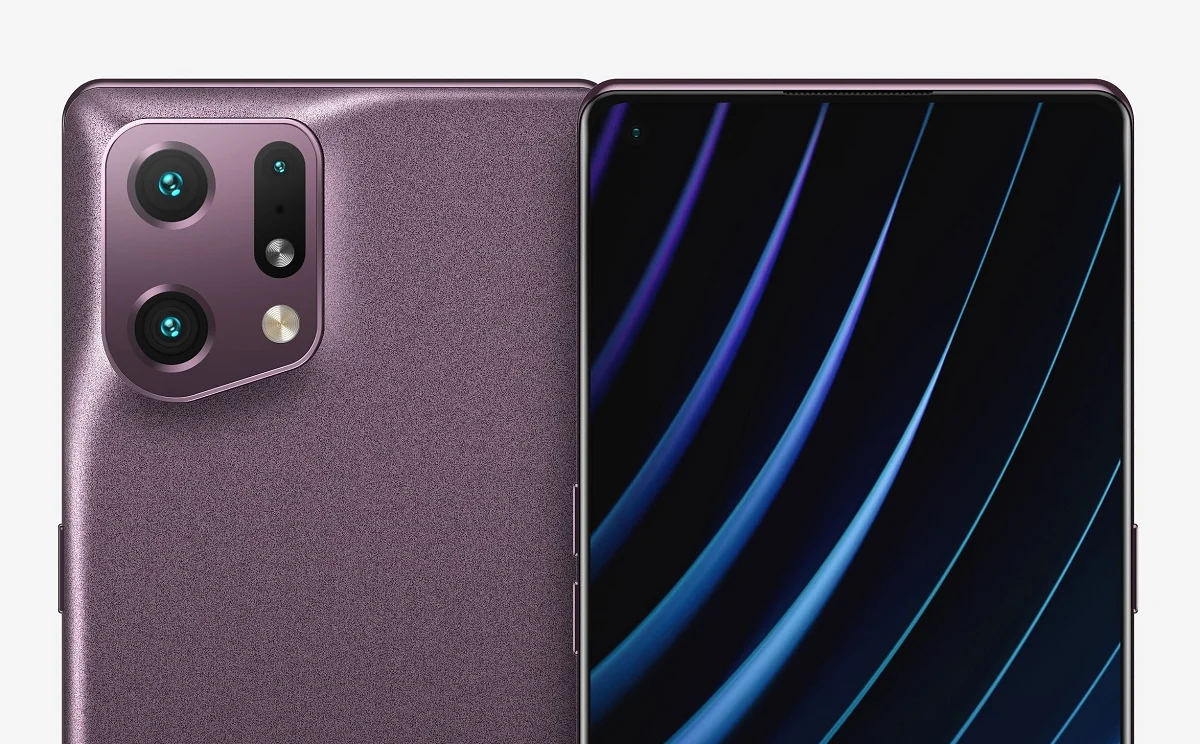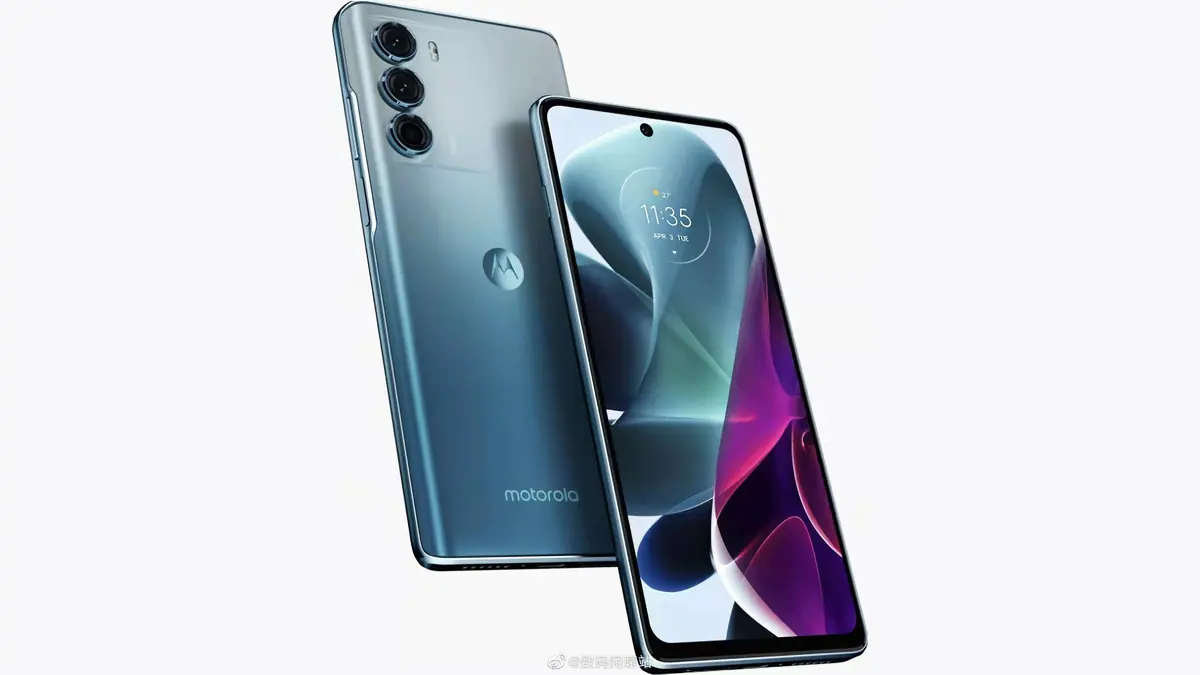The discussion of the weekend is led by the battery deterioration experienced by the iPhone 14 Pro and 14 Pro Max. Users in the social network x and forums like Reddit make the wear particularly high this year, as over 90% (or even less) of the batteries’ capacity hasn’t been a full year since the device was purchased. “It’s the first time in a year that it has dropped that much.“.
Technically, this is perfectly normal and we’ll explain why. Especially in this period of summer, the percentage of battery life starts to decrease with the launch of betas. But we’ll start with the basics: How long does a lithium battery wear out according to Apple?
80% after 500 uses. Apple says its batteries are designed to retain 80% of their capacity after 500 full charges under “typical” conditions. We will be entitled to a free battery replacement only if our battery falls below this rate within a year.
The math is simple: based on this data (and in the normal usage scenario) our battery can fill about 90% of its life after 250 cycles (a little less than a year).
Summer comes, drama comes with drums
Summer doesn’t sit well with phones. August is not a good month for the iPhone battery. One of the weak points of Apple phones is the heat dissipation exercise. Using maps, connecting iPhone to the car and running CarPlay, charging the phone all day, using the phone to take pictures on the street… Temperature is the battery’s worst enemy and the “basic” use of the phone. summer can simply ruin your life.
Summer serves to crack open a melon with Apple that no one wants to touch: the iPhone is one of the top mobile phones that dissipates heat in the worst way.
Stress testing and thermal throttling | In-depth whitepaper
Competitors like the Samsung Galaxy S23 Ultra dissipate heat much better thanks to technologies like steam rooms. The average temperature the phone has during the summer will greatly affect the degradation of the battery after that time.
Betas don’t help either. To this “my battery is deteriorating fast” drama, we should add that besides the summer season, a significant portion of the users suffering this wear and tear are users of the beta version of iOS 17. We are already in beta 5, Apple has not given the key to get good energy consumption with this beta.
In my particular case, with the beta version of iOS 17 I’m going at the two-day load rate (and I’ll need some more if I use it heavily) On my iPhone 14 Pro On my second iPhone, the 14 Plus, it remains autonomous for a full day, so its wear isn’t too high, as I’ll detail later.
Usage, everything depends on usage
iPhone 14 Pro Max. 424 cycles and almost 90% lifetime in less than a year. Better numbers than Apple promised.
Heavy usage doesn’t come for free. There’s no trick to lithium batteries: they’ll last longer if you take care of them more, they won’t last as long if you care less. We consulted the Webedia editors and the results… make sense. In my particular case, my iPhone 14 Plus has iOS 17 beta 4 installed and its battery has been at 97% since launch. There are a total of 203 cycles: These are even better numbers than Apple promised. I was not at all interested, I use CarPlay daily, charge with 65W Xiaomi GaN and do not respect charge cycles. Of course, I didn’t charge it more than once a day, which is why it has so few cycles.
If we take a good look at the battery, we have a reward. If we use it without worry, everything will not be so pleasant
Other housemates show signs of use worn down. Juan Carlos López has 97% after using the iPhone 13 Pro Max for more than a year: he pays attention to the terminal’s charge and battery cycles. Others, such as Javier Lacort, iPhone 14 Pro September 2022 at 90%: lots of Magsafe, lots of fast charging and total disregard for charging cycles. Another extreme case is that of our colleague Fran Bouzas: his iPhone 14 Pro is using it heavily, 90% by Coconut Battery and 85% by Apple meter: and has installed all betas. Conclusion? 565 cycles.
This discussion is not the first time. When we look at the old Twitter, we see our colleagues from the industry. 86% battery after one year of heavy use. Also, Antonio Sabán, director of Genbeta and Xataka Home, explains how the iPhone 11 Pro dropped to 91% of its capacity after 250 cycles (the figure only cited by Apple). Guilty? Video calls and warm-ups during quarantine.
In my own case, the iPhone 11 Pro battery also suffered particular degradation, dropping to 98% in just three months. I opened thread in X and users reported similar wear. After months the wear “balanced” and almost a year later I sold the same 11 Pro with the battery at 95%. Guilty? Probably counter settings.
Apple meters are not completely reliable. In the battery settings of our iPhone we find the so-called battery wear. This is a good approximation, but is prone to errors. The best way to measure it is to use apps like Coconut Battery that tell us the battery’s cycle count, milliamp hours remaining, and even its current temperature so that we can know its status (I’m writing these lines with my battery. iPhone 14 Plus at 40.5 degrees, almost nothing).
Whatever the case, maybe it’s time to embrace the scientific evidence: lithium batteries can degrade at a rate of about 10% per year if we don’t pay enough attention to them, pushing us into the arms of technical service to replace them. after two years of use. If we want to keep our iPhone off the SAT, it’s okay to minimize summer use and keep a safe distance from betas, no matter how greedy they may seem.
Image | xataka
on Xataka | 7 things you do with your cell phone that damage its battery: habits to prolong its lifespan
















